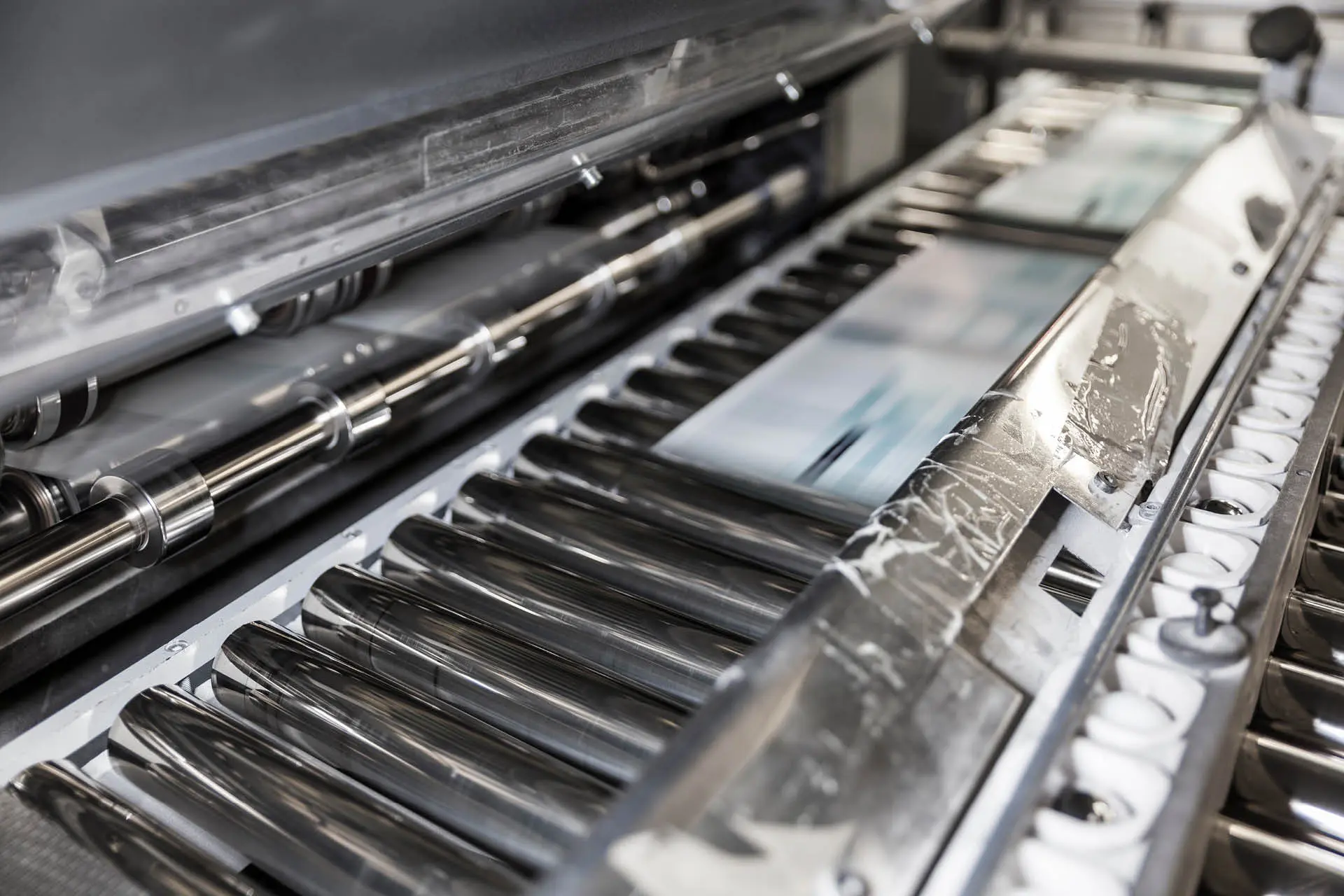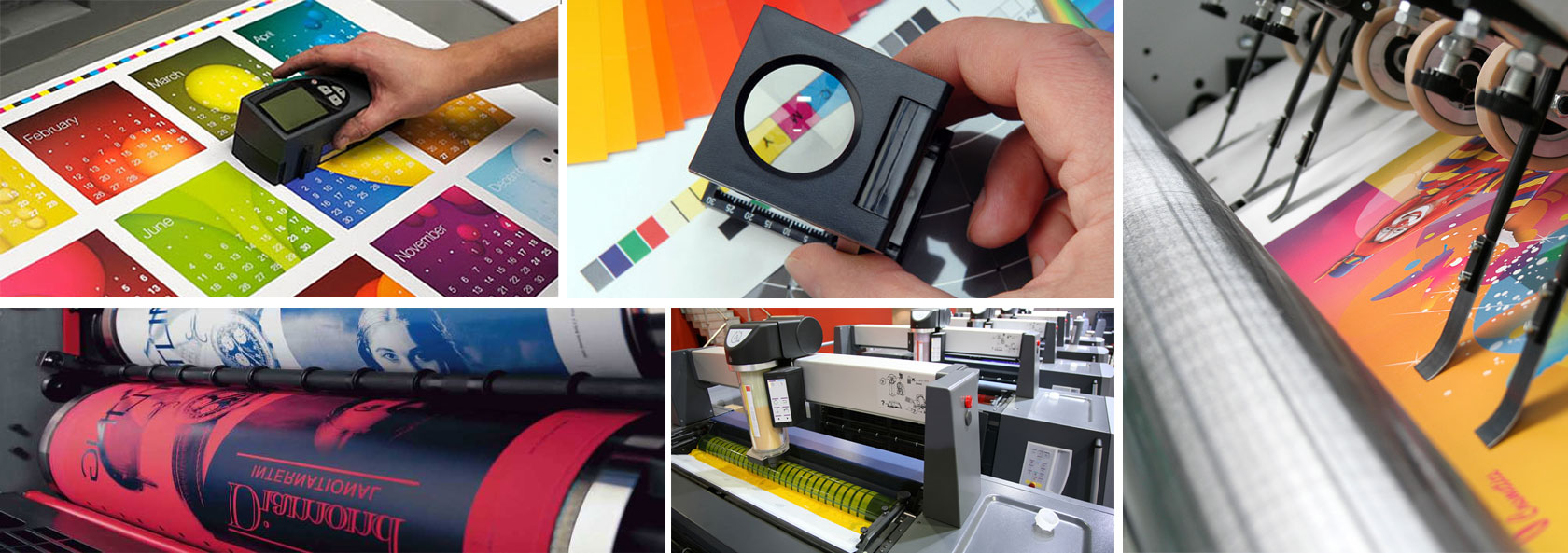Budget-Friendly litho printing Solutions for Your Company
Budget-Friendly litho printing Solutions for Your Company
Blog Article
A Comprehensive Overview to Understanding Litho Printing Methods
The world of litho printing, a technique stemming from the late 18th century, is an interesting mix of background, science, development and art. This comprehensive guide will decipher the complexities of this printing method, from the composition of litho inks to the obstacles dealt with in contemporary applications. As we venture into the complexities of lithography, the significance of automation and sustainability in guaranteeing its future significance comes to be progressively clear. Stick with us as we trip into the captivating world of litho printing.
The Historic Development of Litho Printing
The historical trajectory of litho printing, a pivotal technology in the world of communication, is an exciting story of human resourcefulness. Birthed in the late 18th century by Alois Senefelder, this method was initially a cost-effective method of publishing staged jobs. Lithography, acquired from the Greek words for 'rock' and 'to create', used a smooth stone surface area to transfer pictures onto paper. The process evolved with the arrival of the rotary press, which greatly boosted performance (litho printing). In the 20th century, the development of offset lithography reinvented the market, allowing for mass production of top notch prints. Each phase of litho printing's advancement showcases humanity's relentless pursuit of efficiency and high quality in aesthetic interaction.
Deciphering the Science Behind Litho Printing Inks
Moving on in the exploration of litho printing methods, the emphasis now shifts to the science behind litho printing inks. The composition of these inks, their drying out procedure, and shade mixing strategies develop the foundation of this complicated art type. Comprehending these elements is critical to mastering the craft and attaining the preferred print results.
Structure of Litho Inks
In lithographic printing, the fundamental duty of litho inks can not be overemphasized. The composition of litho inks varies depending upon its objective, yet usually, they contain two main parts - cars and pigments. Pigments, the color-providing aspects, are finely ground bits put on hold in the lorry, a liquid that lugs the pigment onto the printing surface. The automobile is an intricate mixture of oils, resins, and solvents, which influence the ink's drying out time, bond, and gloss. In addition, numerous ingredients are existing to enhance certain residential properties like flow, drying, and resistance to environmental results. Each element plays an important part in the final print's quality, making the accurate formula of litho inks an elaborate science.
Ink Drying Refine
From the structure of litho inks, focus transforms to the remarkable procedure of ink drying out. Two primary techniques are made use of in litho printing: oxidative drying and absorption. Absorption, on the various other hand, entails the ink seeping right into the paper fibers, which is a quicker process yet can lead to less lively shades.
Color Combining Methods
While the drying procedure plays an essential function in litho printing, the science of shade blending strategies holds equal value. The scientific research behind litho printing inks also takes into account the transparency of the ink, which influences exactly how shades overlay and mix.
The Art and Style Aspects in Litho Printing
Litho printing breathes life right into art and layout via its one-of-a-kind elements. The process involves producing an image on a lithographic limestone plate or steel plate with a smooth surface. The image is then printed onto a tool, usually paper, by moving the ink from home plate. What collections litho publishing apart is its capacity to replicate detailed layouts with high fidelity, making the outcome practically identical to the initial artwork. This is attained with the use of various line strategies such as hatching, cross-hatching, and stippling, which enable a variety of tonal effects. Moreover, litho printing suits a range of shades, allowing musicians to create dynamic and dynamic prints. This mix of accuracy and flexibility makes litho printing a favored option for several musicians and designers.
Modern Applications of Litho Printing Techniques
Litho printing methods have discovered considerable usage in the modern business industry. Its impact and value continue to expand with the advent of brand-new developments and innovations in the area. This section will certainly check out these contemporary applications and the transformative duty they play in the printing sector.
Business Litho Printing Uses
In today's digital age, one could wonder concerning the relevance of typical printing methods. Litho printing stays a critical part of the business sector. High-volume printing jobs, such as the manufacturing of publications, papers, and packaging, rely upon litho printing for its capability to supply remarkable photo quality and expense efficiency. The process, which entails transferring a check my reference tattooed photo from a plate onto a rubber blanket and then to the printing surface area, uses unrivaled uniformity. This makes it suitable for tasks requiring a big print run. Litho printing also offers a wide shade range, superior to that of digital printing. This makes it the go-to option for jobs that require vibrant, top notch shade recreation.
Technologies in Litho Printing
Pushing the borders of conventional techniques, contemporary developments have actually fueled a host of developments in litho printing. One prominent growth is electronic litho printing, which combines the merits of electronic technology with litho's high-quality output. These developments emphasize the long-lasting importance of litho printing in the contemporary world.
Checking out the Process of Litho Printing: Action by Action

Challenges and Solutions in Contemporary Litho Printing

Despite the precision and tradition that litho printing proudly maintains, it is not without its set of contemporary obstacles. The most prevalent concerns include the high first arrangement cost, problem in printing variable data, and environmental worries due to chemical usage. Nonetheless, services are emerging as technology develops. Digital litho printing allows for cost-efficient brief runs and simple modification, dealing with the concern of variable data. Environmentally-friendly inks and safer plate-making processes mitigate environmental worries. Additionally, advancements in automation have minimized labor costs, additionally equalizing the lithography procedure. Therefore, while there are difficulties, the litho printing industry is proactively adapting to fulfill them head-on, guaranteeing its importance in the future.
Final thought
In conclusion, litho printing, with its rich background and scientific intricacies, holds a significant place in the print market. The future of litho printing hinges on its capacity to adjust to these transforming needs, affirming its long-lasting value in Web Site an evolving market.

Report this page